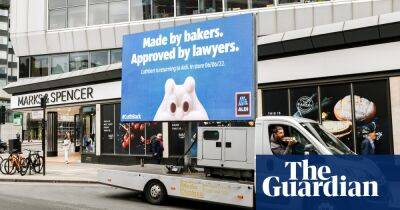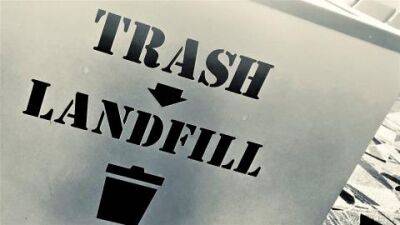Parks near new homes shrink 40% as developers say they cannot afford them
New homes have a dwindling amount of green space because property developers claim they cannot afford to build parks, research has found.
Analysis from the New Economics Foundation (NEF) looked at data from the Office for National Statistics, data on the average age of local housing stock from Datadaptive and national survey data on public perceptions of local green space from the government agency Natural England.
It found that compared with the mid-20th century, the amount of green space near new developments in England and Wales has declined since 2000.
For example, in neighbourhoods where most of the housing was built between 1930 and 1939, the median size of a neighbourhood’s nearest park was about 61,500 sq metres. The equivalent figure for developments dominated by post-2000 housing is 36,200 sq metres – a 40% decline. And between 2013 and 2021 the proportion of parks deemed to be in “good condition” slipped from 60% to just over 40%.
Dr Alex Chapman, a senior researcher at the NEF, said property developers had the upper hand in negotiations with councils over green space provision.
He told the Guardian: “The broader planning arrangements around new developments mean developers can cite financial viability as a factor. If the council says it needs to build a huge park alongside the development the developer will say that it’s not financially viable.
“Sometimes the council can challenge this, but because of the pressure to build new houses from central government, the appeal will fail. The council won’t want to take part in a drawn out legal pursuit because they know they are on the back foot.”
Chapman pointed out that many large housing developers have a profit margin of about 15%, so there is room to invest in the
Read more on theguardian.com
























